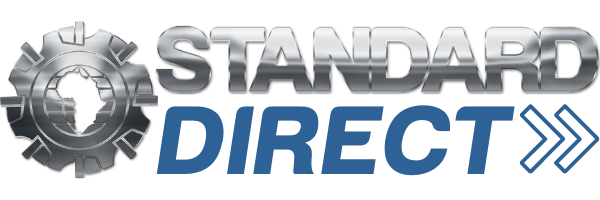Miraco 3d Scanner now under $2000...
Miraco 3d Scanner now under $2000...
Standard SP4-70x3200 4-axis Press brake with Delem DA56 control:
A 4 Axis CNC Press brake is a machine tool that is used to bend sheet metal into various shapes. It consists of a bed, a ram, and a back gauge. The bed supports the sheet metal while the ram, which is powered by hydraulic or mechanical means, pushes the sheet metal against a punch, which is mounted on the bed. The punch forms the sheet metal into the desired shape. The back gauge, which is a device that holds the sheet metal in place, is controlled by a computer numerical control (CNC) system. The 4 axis refers to the 4 controlled movement axis of the machine: Y1, Y2, X and V(bending angle). This allows for greater flexibility and precision in the bending process.
Delivery is 8-12 Weeks from Deposit
Using a 4 Axis CNC Press brake typically involves the following steps:
Program creation: The first step is to create a program that tells the press brake how to bend the sheet metal. This can be done using computer-aided design (CAD) software, which allows the operator to input the dimensions of the part to be bent, along with the desired bend angles. The program is then loaded into the CNC control system of the press brake.
Sheet metal preparation: The next step is to prepare the sheet metal by cleaning it, measuring it, and marking it with the desired bend lines. The sheet metal is then placed on the bed of the press brake and positioned using the back gauge.
Bending process: The press brake is then activated, and the ram pushes the punch against the sheet metal, forming it into the desired shape. The CNC system controls the movement of the back gauge, the ram and the punch to ensure the accurate bending of the sheet metal according to the programmed dimensions.
Inspection: After the bending process is complete, the operator inspects the part to ensure it meets the required specifications. If the part is not up to standards, adjustments can be made to the program and the process repeated.
Repeat the process until all the parts are produced.
It is important to note that the proper use of a 4 Axis CNC Press brake also includes regular maintenance and calibration to ensure accuracy and safety.
*Information shown may differ or change without warning*
Machine Specialists
International Sales
Online Support
Superior Quality Products
Standard SP4-70x3200 4-axis Press brake with Delem DA56 control:
A 4 Axis CNC Press brake is a machine tool that is used to bend sheet metal into various shapes. It consists of a bed, a ram, and a back gauge. The bed supports the sheet metal while the ram, which is powered by hydraulic or mechanical means, pushes the sheet metal against a punch, which is mounted on the bed. The punch forms the sheet metal into the desired shape. The back gauge, which is a device that holds the sheet metal in place, is controlled by a computer numerical control (CNC) system. The 4 axis refers to the 4 controlled movement axis of the machine: Y1, Y2, X and V(bending angle). This allows for greater flexibility and precision in the bending process.
Delivery is 8-12 Weeks from Deposit
Using a 4 Axis CNC Press brake typically involves the following steps:
Program creation: The first step is to create a program that tells the press brake how to bend the sheet metal. This can be done using computer-aided design (CAD) software, which allows the operator to input the dimensions of the part to be bent, along with the desired bend angles. The program is then loaded into the CNC control system of the press brake.
Sheet metal preparation: The next step is to prepare the sheet metal by cleaning it, measuring it, and marking it with the desired bend lines. The sheet metal is then placed on the bed of the press brake and positioned using the back gauge.
Bending process: The press brake is then activated, and the ram pushes the punch against the sheet metal, forming it into the desired shape. The CNC system controls the movement of the back gauge, the ram and the punch to ensure the accurate bending of the sheet metal according to the programmed dimensions.
Inspection: After the bending process is complete, the operator inspects the part to ensure it meets the required specifications. If the part is not up to standards, adjustments can be made to the program and the process repeated.
Repeat the process until all the parts are produced.
It is important to note that the proper use of a 4 Axis CNC Press brake also includes regular maintenance and calibration to ensure accuracy and safety.
*Information shown may differ or change without warning*
